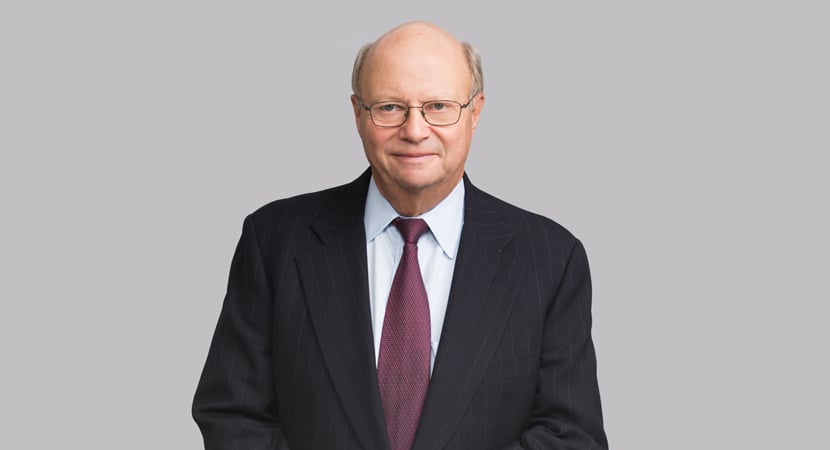Ninth Circuit reverses and remands decision dismissing Lanham Act claims regarding use of “Punchbowl” mark in light of Supreme Court decision in Jack Daniel’s Properties v. VIP Products LLC, holding Rogers test did not apply because defendant used mark to identify its own products.
Punchbowl Inc. is a technology company that produces “online event and celebration invitations and greeting cards.” Punchbowl has used the “Punchbowl” mark since at least 2006 and registered the mark in 2013, primarily in connection with party planning and the preparation of electronic invitations and similar products. Punchbowl’s mark and logo are a punchbowl ladle.
In 2021, journalists Jake Sherman and Anna Palmer, the founders of AJ Press LLC, debuted Punchbowl News, a subscription-based online news site that focuses on American politics through the lens of Washington, D.C., insiders and Capitol Hill gossip. Sherman and Palmer chose the name “Punchbowl” because it is the nickname used by the Secret Service for the U.S. Capitol. In keeping with that theme, its logo is an upside-down Capitol building filled with purple punch, a reference to the blend of red and blue associated with the country’s leading political parties that underscores the publication’s nonpartisan approach to reporting. Punchbowl News often uses a slogan—“Power. People. Politics.”—in connection with its name and logo.
Punchbowl sued AJ Press, asserting claims for trademark infringement and unfair competition under the Lanham Act, as well as related state law claims, in the Central District of California. AJ Press moved to dismiss under Rule 12(b)(6). The district court converted the motion to one for summary judgment and then granted summary judgment in favor of AJ Press, finding that its use of the term “Punchbowl” did not give rise to liability under Rogers v. Grimaldi because such use constituted protected expression and was not explicitly misleading as to the source of the Punchbowl News publication. In November 2022, the Ninth Circuit affirmed on the same grounds.
The following week, the U.S. Supreme Court granted certiorari in Jack Daniel’s Properties v. VIP Products LLC, an appeal of an earlier Ninth Circuit decision in an unrelated case that applied Rogers. In light of that, the Ninth Circuit stayed the mandate in the Punchbowl case pending the outcome of the Supreme Court’s decision in Jack Daniel’s.
In June 2023, the Supreme Court issued its decision in Jack Daniel’s, holding that Rogers does not apply where an alleged infringer has used a mark to designate the source of its own goods (see our summary of the decision here). As a result, the Ninth Circuit withdrew its earlier decision in Punchbowl, ordered the parties to submit supplemental briefing and heard reargument. Reviewing the case de novo in light of Jack Daniel’s, the Ninth Circuit reversed and remanded.
As the Ninth Circuit explained, prior to Jack Daniel’s, the Rogers test required a heightened showing for all trademark infringement claims involving the use of a mark in an expressive work protected by the First Amendment. Under that test, the Lanham Act does not apply unless the alleged infringer’s use of the mark is not artistically relevant to the work or the use explicitly misleads consumers as to the source or content of the work.
That changed in Jack Daniel’s, where the Supreme Court limited Rogers’ application and held that it should not be applied “when the accused infringer has used a trademark to designate the source of its own goods—in other words, has used a trademark as a trademark,” because “[t]hat kind of use falls within the heartland of trademark law, and does not receive special First Amendment protection.” In that case, VIP Products had sold a “Bad Spaniels Silly Squeaker” dog toy that resembled a bottle of Jack Daniel’s whiskey. The lower court had held that the dog toy was an expressive work, and therefore, under Rogers, the Lanham Act’s traditional likelihood-of-confusion test did not apply. However, as the Supreme Court opined, because trademarks are often expressive, applying Rogers whenever a trademark has expressive connotations would allow Rogers to “take over much of the world.” When “a mark is used as a mark,” the Supreme Court assured, the traditional likelihood-of-confusion test “does enough work to account for the interest in free expression.”
Applying Jack Daniel’s, the Ninth Circuit held that Rogers no longer applies to Punchbowl Inc.’s claim because AJ Press used the Punchbowl mark to identify and distinguish its own publication.
The court rejected AJ Press’s argument that Jack Daniel’s should be read narrowly to apply only where an alleged infringer deliberately uses a mark to refer to the primary user’s product, as in the case of VIP Products’ parody of the Jack Daniel’s bottle. It also rejected AJ Press’s argument that when two companies in different markets use the same common English word to identify their brand, Rogers should still apply. As the court held: The fact that the Punchbowl mark involves a common English word does not exempt AJ Press from the rule that “Rogers does not apply when the challenged use of the mark is as a mark,” and there is no basis to carve out exceptions for the use of common words in trademarks when the Supreme Court created no exception for parodies.
The court clarified, however, that the expressive nature of AJ Press’s use and the fact that “punchbowl” is a common word would both “certainly” be relevant in the likelihood-of-confusion analysis. It expressed skepticism that Punchbowl Inc. could succeed under that analysis, noting, “When companies operating in different spaces use the same common words as trademarks with different expressive connotations, it reduces the likelihood of confusion.”
In remanding, the Ninth Circuit reminded the district court that it may consider whether the likelihood-of-confusion analysis can be conducted on the existing record, citing to language in Jack Daniel’s noting that not “every infringement case involving a source-identifying use requires full-scale litigation” and that some cases can be resolved at the Rule 12(b)(6) stage.
Summary prepared by Frank D’Angelo and Alex Inman
-
 Partner
Partner -
 Associate
Associate
)







